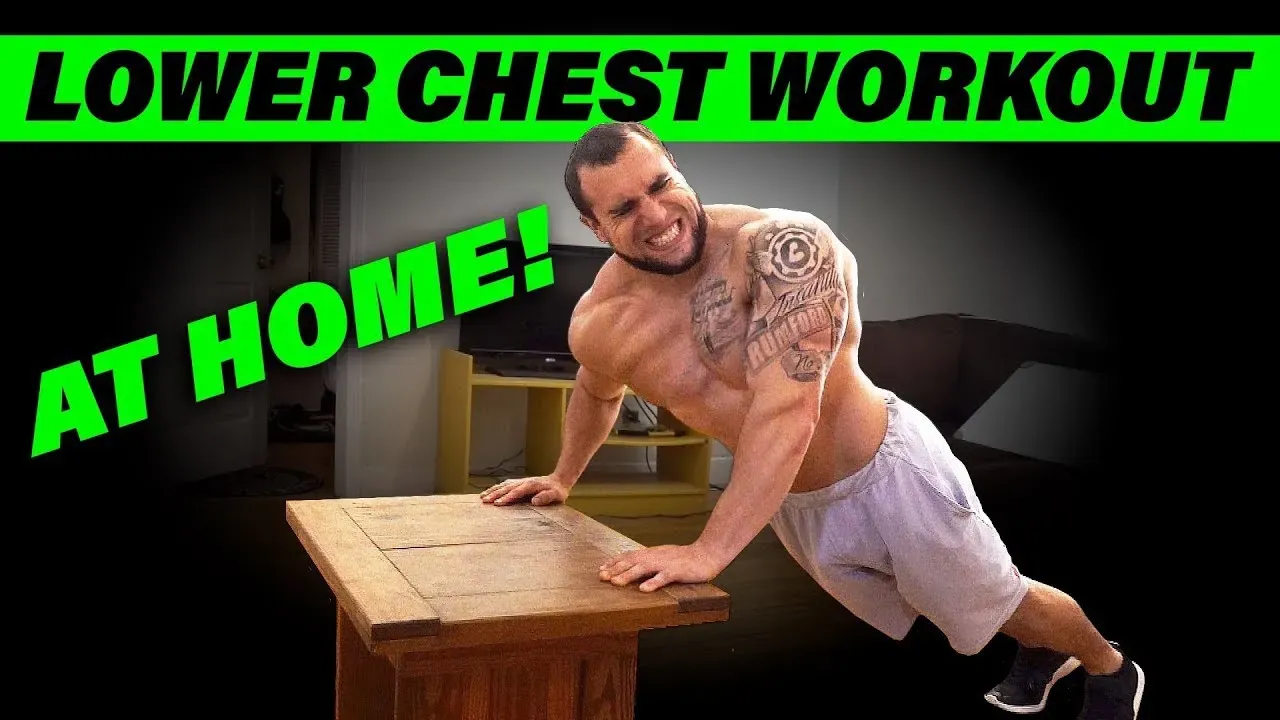Table of Contents
Building a powerful, well-rounded chest often feels like it requires a fully equipped gym, complete with fancy adjustable benches. Specifically targeting the lower chest, that often-stubborn area that gives your pecs definition and fullness, seems impossible without the right equipment. Maybe you've tried standard push-ups or flat bench work and felt like you're missing something. Or perhaps you just don't have access to a gym right now, but you still want to make progress.
Why Bother Targeting Your Lower Chest at Home Anyway?
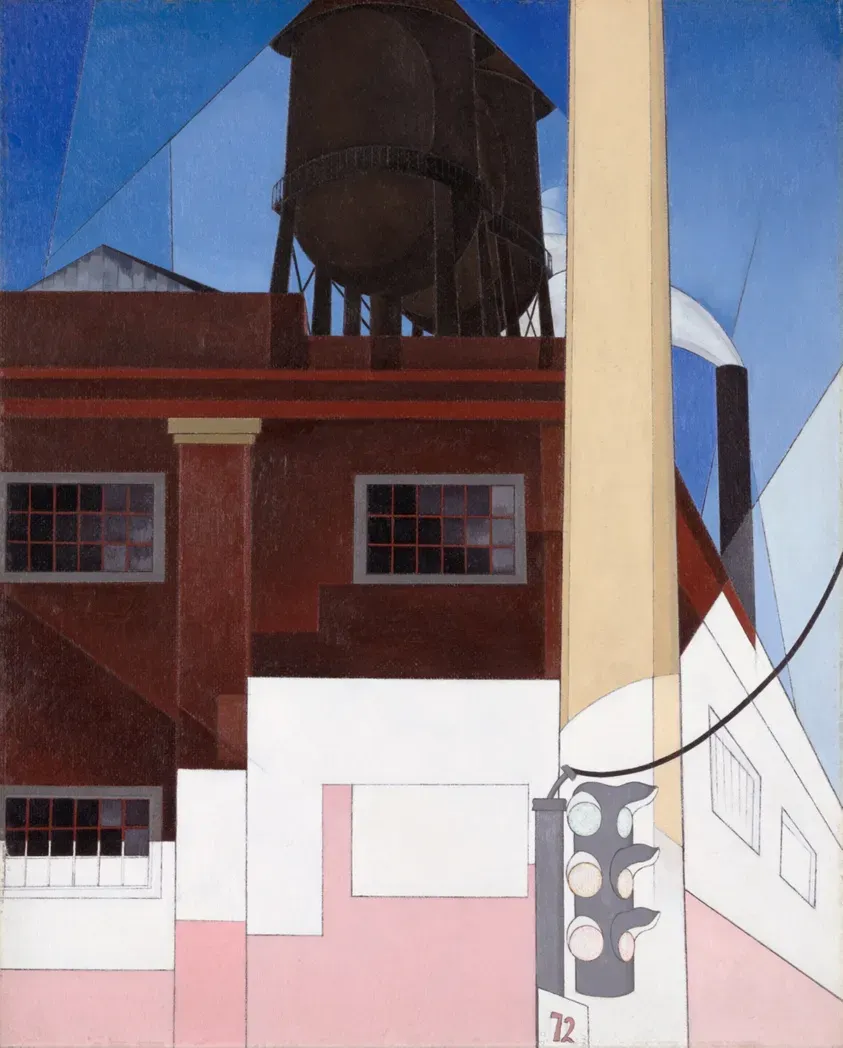
Why Bother Targeting Your Lower Chest at Home Anyway?
It's Not Just About Looking Good, But Let's Be Honest...
Alright, let's cut to the chase. When you picture a strong, well-developed chest, you're probably thinking about that defined line separating your pecs from your abs. That's the lower chest, folks. Neglecting this area leaves you with what often looks like a high, incomplete chest. It's the difference between a finished product and something still under construction. But beyond the mirror, a strong lower chest contributes to overall pushing power and can improve shoulder stability. Think about pushing things away from you – a lot of that force comes from those lower fibers. So, if you're aiming for a truly balanced physique and functional strength, hitting the lower chest isn't optional; it's essential. And yes, you can actually get a serious decline chest workout at home.
Seriously, Can I Actually Make Progress Without a Gym?
This is where the rubber meets the road. Many people assume that without a dedicated decline bench, you're stuck. They picture gym bros loading up plates and think, "Nope, can't do that at home." This is a classic case of overthinking the equipment and underestimating ingenuity. The principle behind a decline chest workout is simply hitting the muscle fibers from a specific angle. You don't need a shiny, expensive machine to achieve that angle. Everyday items around your house can substitute effectively, allowing you to apply resistance from the right direction. It might not look exactly like the gym version, but the muscle fibers don't care about aesthetics; they respond to tension and stimulus.
- Builds that sharp lower pec line for a complete look.
- Increases overall pressing strength.
- Contributes to better posture (when balanced with back work).
- Activates often-underused muscle fibers.
- Proves you don't need a gym for serious results.
Clever Ways to Nail Your Decline Chest Workout at Home
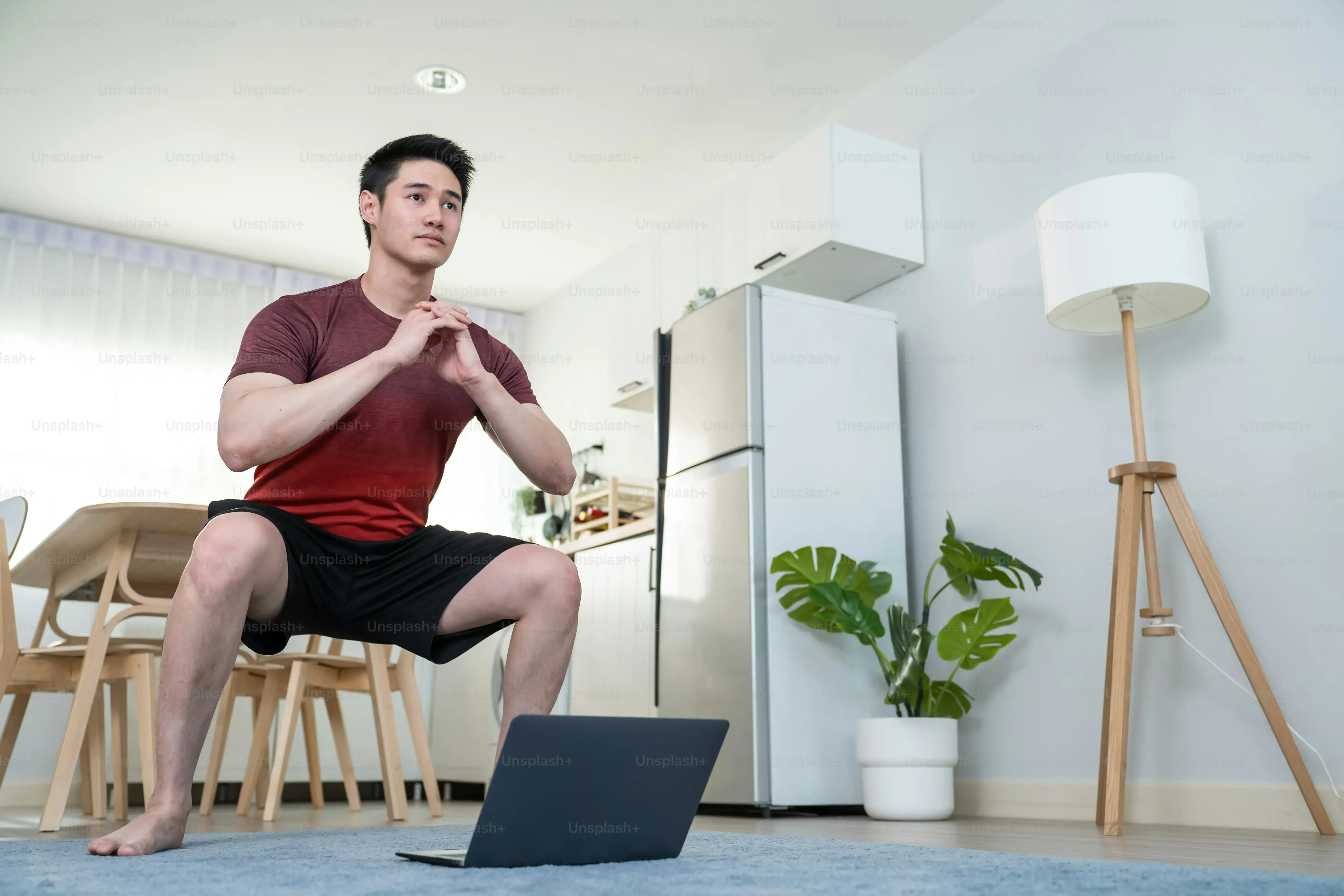
Clever Ways to Nail Your Decline Chest Workout at Home
Clever Ways to Nail Your Decline Chest Workout at Home
so you're sold on hitting the lower chest, but how do you actually get that decline angle without a gym bench? This is where you become a bit of an architect with your living space. The goal is to elevate your lower body relative to your upper body during pushing movements. Think about stacking sturdy books under your feet for decline push-ups, or using a low, stable coffee table, a stack of heavy-duty storage bins, or even the bottom step of a staircase. The key is stability – whatever you use needs to hold your weight safely without wobbling or collapsing. Aim for a modest angle, maybe 15-20 degrees; you don't need to stand on your head. Getting creative with your setup is the first step to a seriously effective decline chest workout at home.
Beyond the Bench: Effective Decline Chest Workout at Home Alternatives
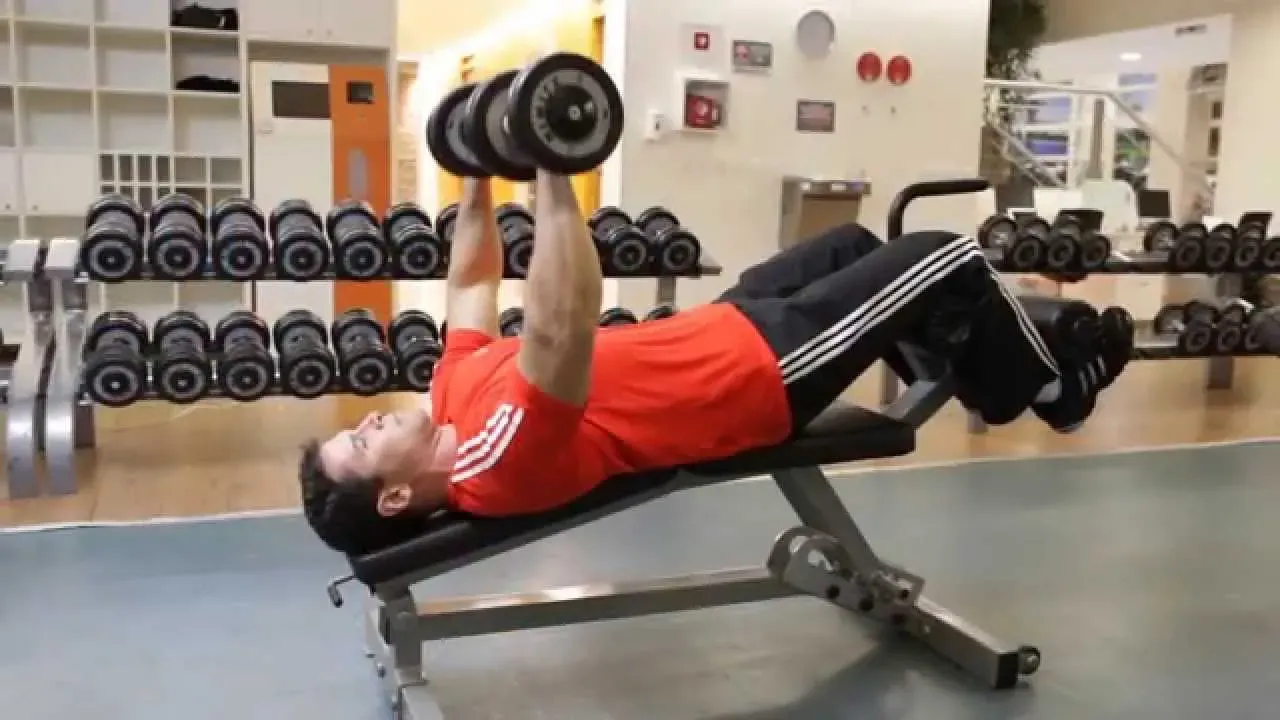
Beyond the Bench: Effective Decline Chest Workout at Home Alternatives
Thinking Outside the Box (or Bench) for Lower Pecs
Look, a traditional decline bench is great, no argument there. But thinking it's the *only* way to hit your lower chest is like saying you can only make coffee with a specific fancy machine. Not true! The beauty of a decline chest workout at home is forcing you to get creative. It pushes you beyond just lying on a bench and lifting weights. You start looking at your environment differently, seeing opportunities for resistance and angles everywhere. This section is all about unlocking those possibilities and showing you that some of the most effective lower chest exercises don't involve a bench at all.
It’s about understanding the movement pattern – pushing downwards and slightly forward – and finding ways to replicate that tension. This is where bodyweight exercises, often called calisthenics, truly shine. They use your own weight as resistance, and by simply changing your body position or hand placement, you can dramatically shift the focus onto different muscle groups, including those lower pec fibers. You'll build not just muscle, but also incredible body control and functional strength.
Decline Push-Ups: Your Go-To At-Home Staple
The king of at-home decline movements has to be the decline push-up. It's simple, effective, and requires minimal setup. Remember that stable elevated surface we talked about earlier? Now you'll use it to elevate your feet. Place your hands on the floor, slightly wider than shoulder-width, just like a standard push-up. Elevate your feet on your chosen sturdy object – a chair, a stack of books, a low table. The higher your feet, the more challenging the exercise becomes, and the more it shifts the focus towards your upper chest and shoulders, so start with a lower elevation (like 12-18 inches) to emphasize the lower chest. Keep your body in a straight line from head to heels, lower your chest towards the floor with control, and push back up. Focus on squeezing those lower pec fibers at the top.
This isn't just a push-up; it's a targeted attack on your lower chest. The angle forces those specific fibers to work harder against gravity as you push your body upwards and slightly back. It's a fundamental movement for any decline chest workout at home and forms the base for more advanced variations.
- Decline Push-Ups (feet elevated)
- Deficit Decline Push-Ups (hands on elevated surfaces, feet elevated higher)
- Ring/Suspension Trainer Decline Push-Ups (advanced stability challenge)
- Weighted Decline Push-Ups (add a weight vest or plate on your back)
Get Dippy: Using Chairs for Decline Dips
Another fantastic bodyweight exercise for hitting the lower chest is the dip, and you can modify it for a decline angle using chairs. You'll need two sturdy chairs placed parallel to each other, about shoulder-width apart. Place your hands on the edge of the chairs, fingers pointing forward. Extend your legs out in front of you. To specifically target the lower chest with a decline focus, you want to lean forward slightly at the top and maintain that forward lean throughout the movement. Lower your body down by bending your elbows, letting your chest dip below your hands if possible, feeling the stretch in your pecs. Push back up powerfully, focusing on the squeeze in your lower chest. If this is too difficult, you can start with your feet on the floor for assistance, or even place your feet on *another* chair in front of you for a more pronounced decline effect (be careful with stability here!).
Putting It All Together: Your Complete AtHome Decline Chest Strategy + FAQs
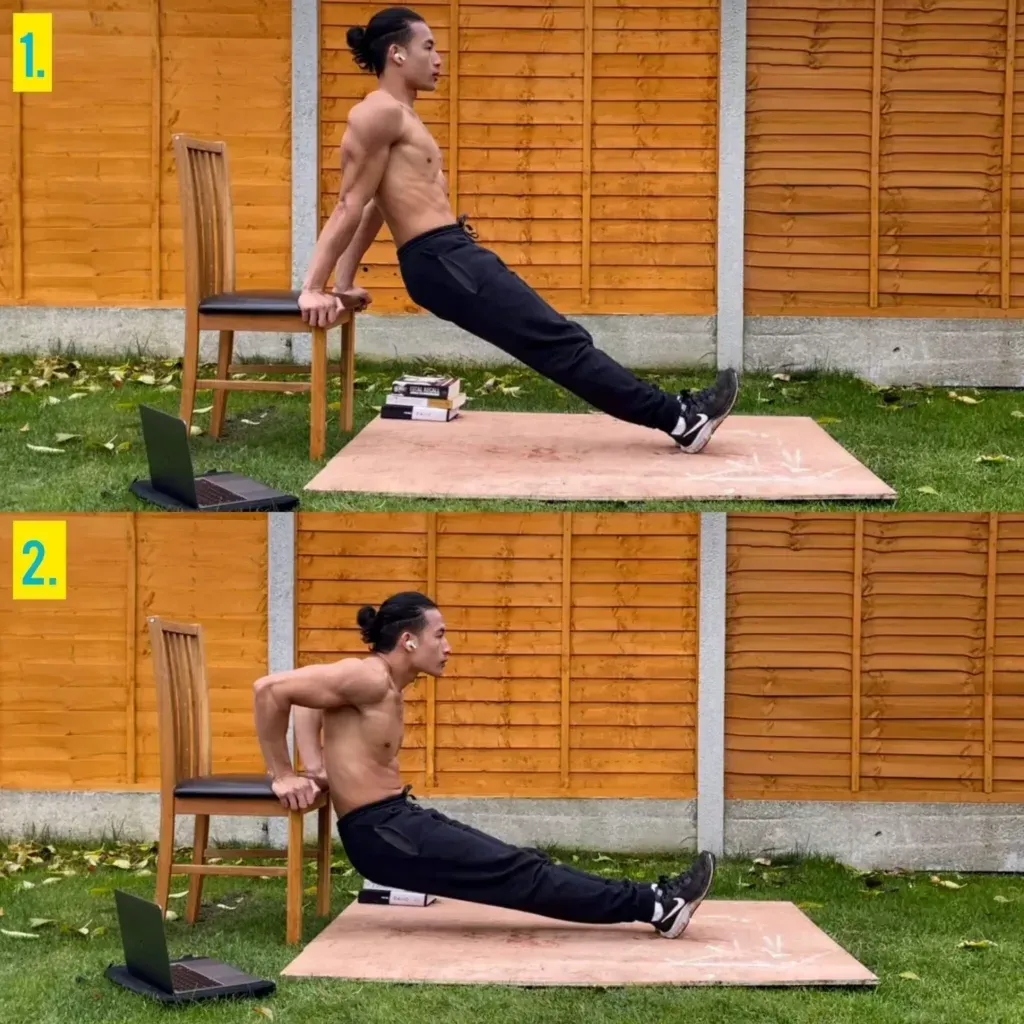
Putting It All Together: Your Complete AtHome Decline Chest Strategy + FAQs
so you've got the tools – decline push-ups, maybe some creative dips, and an understanding that a bench isn't the boss of your lower chest. Now, how do you actually weave this into a routine that gets results? It's not just about doing a few sets here and there; it's about creating a focused attack. Think about hitting your chest 2-3 times a week, allowing a day of rest in between. On those chest days, after some solid warm-up, start with your decline movements. Aim for 3-4 sets of 8-15 repetitions, pushing close to failure while keeping your form tight. If you can easily do more than 15 reps, it's time to increase the difficulty – maybe elevate your feet higher for decline push-ups, or add a weighted backpack.
Your At-Home Lower Chest Mission: Accomplished?
Look, building a formidable lower chest isn't some gym-exclusive secret. As we've covered, getting a legitimate
decline chest workout at home
boils down to understanding angles and getting creative with what you've got. Whether you're propping up a sturdy bench substitute or leaning into decline push-up variations, the muscle fibers don't care where you are, they just respond to the stimulus. It takes consistent effort, paying attention to your form, and pushing yourself safely. Stop waiting for the perfect setup. The tools and knowledge are right here; now it's just about putting in the work consistently to see those results take shape.
